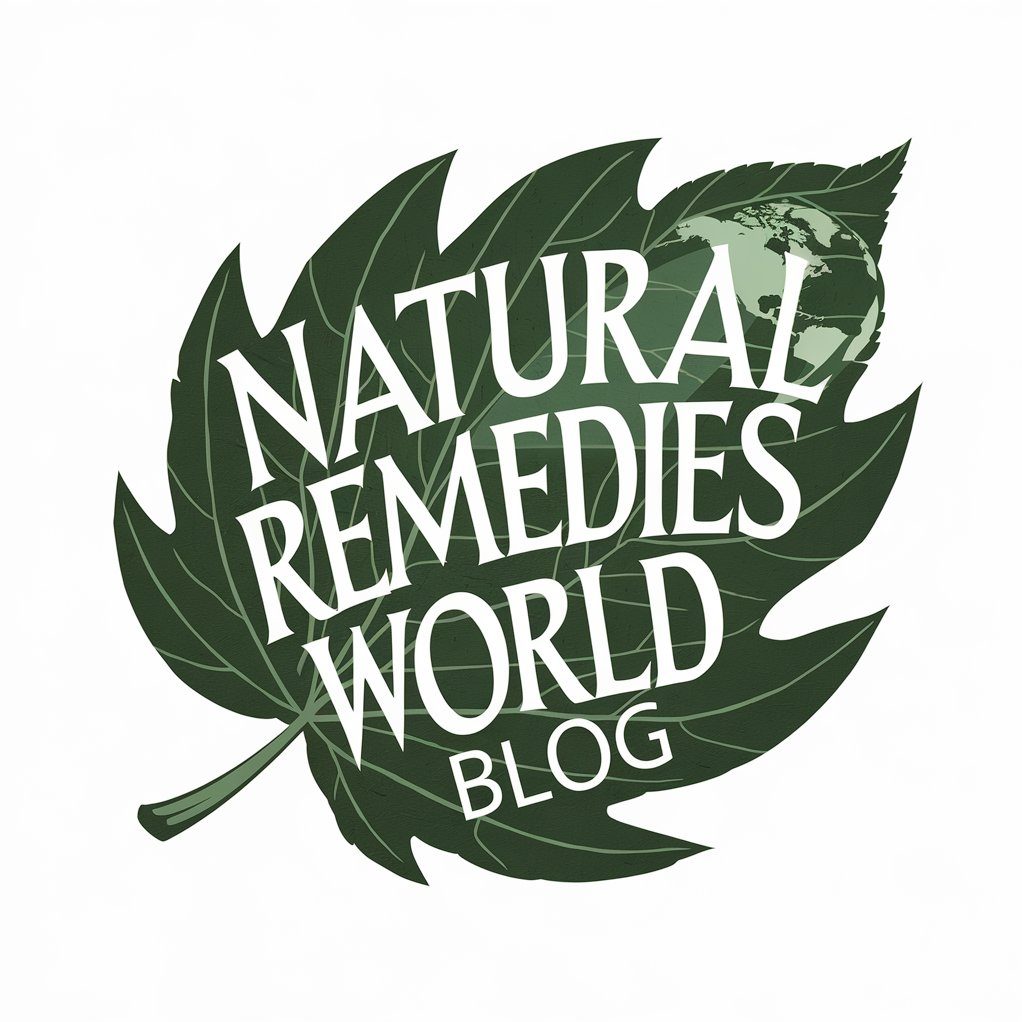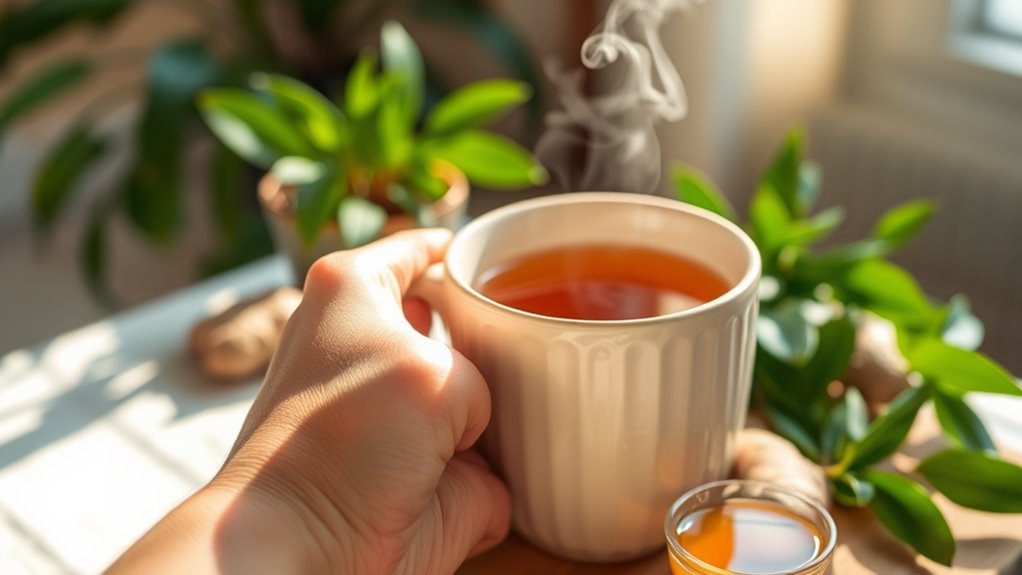End Headaches Faster Than Ever With These Natural Hacks!
To end headaches faster than ever, start by staying hydrated—drink water and eat hydrating foods. Use essential oils like peppermint or lavender for soothing relief. Try pressure point therapy; targeting key areas can ease pain effectively. Also, make simple lifestyle adjustments: prioritize sleep, take breaks from screens, and stay active. These natural hacks are just the beginning; explore more techniques that can help you find lasting relief from headaches.
Understanding Headaches: Types and Triggers
When it comes to headaches, understanding the different types and their triggers can make a world of difference in managing your discomfort.
Tension headaches, the most common, often stem from stress, poor posture, or muscle tension. If you’re experiencing sharp, throbbing pain, you might be dealing with a migraine, which can be triggered by hormonal changes, certain foods, or environmental factors.
Cluster headaches, on the other hand, are less common but extremely painful, usually occurring in cyclical patterns.
By identifying your specific headache type, you can pinpoint potential triggers like lack of sleep, dehydration, or excessive screen time.
Keeping a headache diary can help you track patterns and make necessary adjustments to minimize future occurrences.
The Power of Hydration: Drink Your Way to Relief
Staying properly hydrated can significantly impact headache relief, especially since dehydration is a common trigger for many types of headaches. When you don’t drink enough water, your body can’t function optimally, leading to discomfort.
Aim for at least eight 8-ounce glasses of water each day, and adjust based on your activity level and environment. Keep a water bottle handy, and sip throughout the day to maintain hydration.
If you’re feeling a headache coming on, try drinking a glass of water first; you might be surprised at the relief it brings. For added benefits, consider incorporating hydrating foods like cucumbers and watermelon into your diet.
Essential Oils: Natural Aromatherapy for Headache Relief
Have you ever considered using essential oils for headache relief? These natural remedies can be a game-changer.
Peppermint oil, for instance, contains menthol, which cools and soothes the temples, easing tension. Lavender oil is another fantastic option; its calming properties can help reduce stress-related headaches.
Simply dilute a few drops in a carrier oil and massage it into your temples or the back of your neck. You can also use a diffuser to spread the aroma throughout your space.
Inhaling the scent of eucalyptus oil can open up sinuses, alleviating sinus headaches.
With essential oils, you have a natural, pleasant way to tackle headaches head-on. Give them a try and discover what works best for you!
Pressure Point Therapy: Targeting Pain With Precision
While essential oils offer soothing relief for headaches, another effective approach is pressure point therapy. This technique targets specific areas on your body to alleviate pain and tension.
Here’s how you can apply it:
-
Yintang Point: Located between your eyebrows, gently press for a calming effect.
-
Hegu Point: Found on the webbing between your thumb and index finger, apply pressure here for overall relief.
-
Taiyang Point: Situated at the temples, massaging this area can reduce headache intensity.
-
Fengchi Point: Located at the base of your skull, pressing this point helps ease tension headaches.
Try these techniques whenever you feel a headache coming on, and enjoy the relief that pressure point therapy can provide!
Lifestyle Adjustments: Simple Changes for Lasting Relief
Making small lifestyle adjustments can significantly reduce the frequency and intensity of headaches.
Start by staying hydrated; drinking enough water helps prevent dehydration, a common headache trigger.
Next, prioritize regular sleep patterns, aiming for 7-9 hours of quality rest each night.
Pay attention to your diet; incorporate more whole foods and limit processed items, as certain additives can cause headaches.
Regular physical activity also boosts endorphins, which can help alleviate pain.
Additionally, take frequent breaks from screens to reduce eye strain—every 20 minutes, look away for 20 seconds.
Lastly, manage stress through simple changes, like organizing your day or maintaining a tidy space, to create a more peaceful environment.
These adjustments can lead to lasting relief from headaches.
Mindfulness and Relaxation Techniques: Finding Your Calm
Incorporating mindfulness and relaxation techniques into your routine can further enhance the relief you gain from lifestyle adjustments.
By finding your calm, you can reduce stress and tension that often lead to headaches.
Here are four simple techniques to try:
-
Deep Breathing: Take slow, deep breaths for a few minutes to center your thoughts and relax your body.
-
Meditation: Spend 5-10 minutes in silence, focusing on your breath or a calming mantra.
-
Progressive Muscle Relaxation: Tense and then relax each muscle group, starting from your toes and moving up to your head.
-
Guided Imagery: Visualize a peaceful scene, allowing your mind to escape stress and tension.
These practices can help you achieve a more peaceful state of mind and alleviate headache symptoms.
Frequently Asked Questions
Can Certain Foods Trigger Headaches More Than Others?
Yes, certain foods can definitely trigger headaches for you. Common culprits include aged cheeses, processed meats, and foods with MSG. Keeping a food diary can help you identify your personal triggers and manage headaches better.
How Does Stress Contribute to Headache Frequency?
Stress increases headache frequency by tightening muscles and causing tension. When you’re stressed, your body releases chemicals that can trigger headaches. Managing stress through relaxation techniques can help reduce the occurrence and intensity of your headaches.
Are There Specific Exercises to Help With Headache Relief?
Yes, specific exercises can help relieve headaches. Stretching your neck, practicing yoga, and engaging in deep breathing techniques can reduce tension. Regular movement boosts circulation, which often alleviates headache symptoms and promotes overall well-being.
Can Poor Posture Lead to Headaches?
Yes, poor posture can definitely lead to headaches. When you slouch or hunch, it strains your neck and upper back, causing tension that often results in discomfort. Maintaining proper posture can help prevent these headaches.
How Do Sleep Patterns Affect Headache Occurrence?
Sleep patterns significantly impact headache occurrence. When you don’t get enough restful sleep, your body struggles to recover, increasing tension and stress. Prioritizing consistent sleep schedules can reduce headache frequency and intensity for you.





